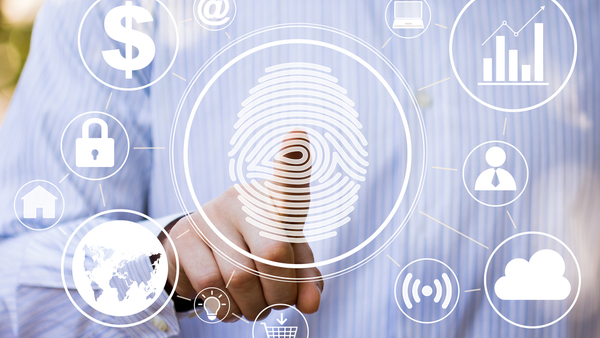
Eight in 10 bank customers want biometric authentication beyond the fingerprint in their mobile banking and payment apps, and 42% said they refuse to use mobile banking or payment apps that don’t have biometric authentication, according to a new survey.
Conducted by Kansas City, Missouri-based biometric technology company EyeVerify, the survey of 1,002 U.S. adults found that 79% of respondents want the opportunity to use eye, face, fingerprint and voice authentication methods to log into their mobile banking or payment apps.
“Most people use some form of biometrics every day, but they want more opportunities to use it to make their lives easier and more secure. Banks and payment providers have a huge opportunity right now to build brand trust by giving customers the user experience they want,” EyeVerify CEO and Founder Toby Rush said.
Most people (78%) perceive biometrically enabled mobile apps as more secure, according to the study, and 80% said they believe apps that can access bank accounts should use biometric authentication.
“When comparing the most widely-used forms of authentication, people view biometrics as the most secure, followed by two-factor authentication and one-time password tokens or codes,” the report said.
The increasing use of fingerprint recognition on smartphones is breeding more familiarity with biometrics and in turn more comfort with its other forms, such as eye, face and voice recognition, according to the study.
“When comparing those who use fingerprint scanning to the general population, the data shows that the more frequently they use it, the more likely they are to use other biometrics modalities for mobile banking and payments. For example, those who use fingerprint scanning once a day or more are twice as likely to use eye recognition as those who don’t use fingerprint scanning at all,” the report said. “Of all the different forms of biometrics, the ones people are most familiar with are perceived as the most secure. Fingerprint recognition, by far the most used modality, is considered the most secure method of authentication (87%), followed by eye recognition (84%) and voice recognition (65%).”
The survey also reported several other key findings:
• 74% of respondents used biometrically enabled banking and payments apps more frequently because logins are faster.
• 84% of users think it’s faster to log into an app with biometrics than with a password.
• 58% of GenXers (age 35-54) said they were very likely to use biometrics for mobile banking, compared to 55% of millennials and 43% of baby boomers.
• The demand for biometrics appears to increase with income. About half (49%) of respondents making less than $50,000 said they were very likely to use biometrics for mobile banking in the next year; that compares to 56% of people earning between $50,000 and $99,000 per year and 64% of people making over $100,000.
• 44% of respondents said they check their mobile banking or payment apps once a day or more when those apps are biometrically enabled.
• 82% of respondents said they believe biometrics are more secure than passwords for mobile banking and payment transactions.


